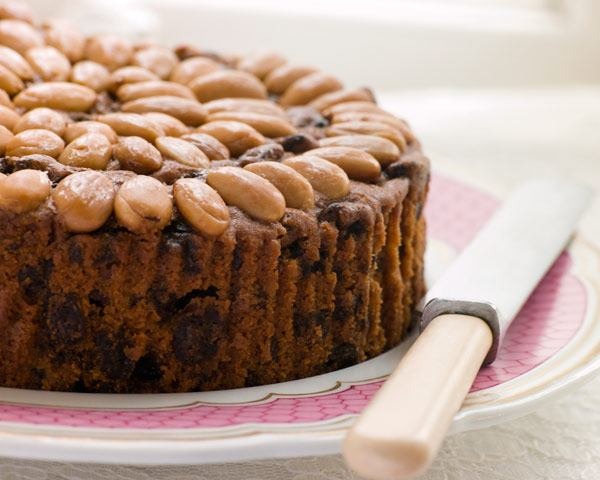14 Must-Try Decadent Cakes From Around The World
No matter how you slice it, people crave cakes. Whether they're served during Chinese New Year or at personal celebrations, like weddings, birthdays or christenings, desserts tend to take on symbolic meanings around the world, but most often cakes represent the universal hope for a rich and sweet life. (How do you say "Awww!" in Finnish?)
Click here to read more about the 14 Must-Try Decadent Cakes From Around the World (Slideshow)
Regardless of where you register on the (culinary) map, cakes often reflect baking traditions, local flavors and ingredients and even the colonial history of the place in which they're created. Could there be a sweeter way to examine cultural differences?
From the painstakingly made Thousand Layer Cake of Indonesia (or Kueh Lapis, in which each layer is handcrafted and individually grilled to perfection for a sophisticated, striped look) to the whipped-together-in-five-minutes-or-less Brazilian coffee cake made from cornmeal known as Bolo de Fubá (you can literally make the batter in a blender and have it on the table in time for afternoon tea), to the Katsutera cake of Japan (it can be tied to Portuguese missionaries of the 16th century), these 14 worldly desserts represent the finest and most popular cakes around the globe. The fact that each of these desserts are served with a story? That's just icing on the cake.
Katsutera — Japan (also known as "Castella")
Traditionally baked in wooden boxes by professional pastry makers, katsutera is a fine sponge cake created with honey and Aji Mirin (Japanese sweet rice wine), and raised only with egg foam (there's no butter or oil). The result is a hyper-delicate cake with a nearly perfect crumb finish. Its origins can be tied to the Portuguese, who landed on the southernmost island of Kyushuu in the 16th century: Fittingly, Kyushuu has some of the finest kasutera makers, reflecting a strong Portuguese influence.
Bolo de Fubá— Brazil
Crunched for time? Home bakers in Brazil often combine the ingredients for bola de fubá in a blender—and get this cornbread-based cake in the oven in less than five minutes. Whether it is made plain, or with coconut or cheese (known as bolo de fubá cremosa), bolo de fubá has a delicate, light texture that's perfect alongside a cup of coffee or with afternoon tea. Best of all, it doesn't need any icing.
Read on for more about the 14 Must-Try Decadent Cakes From Around the World
